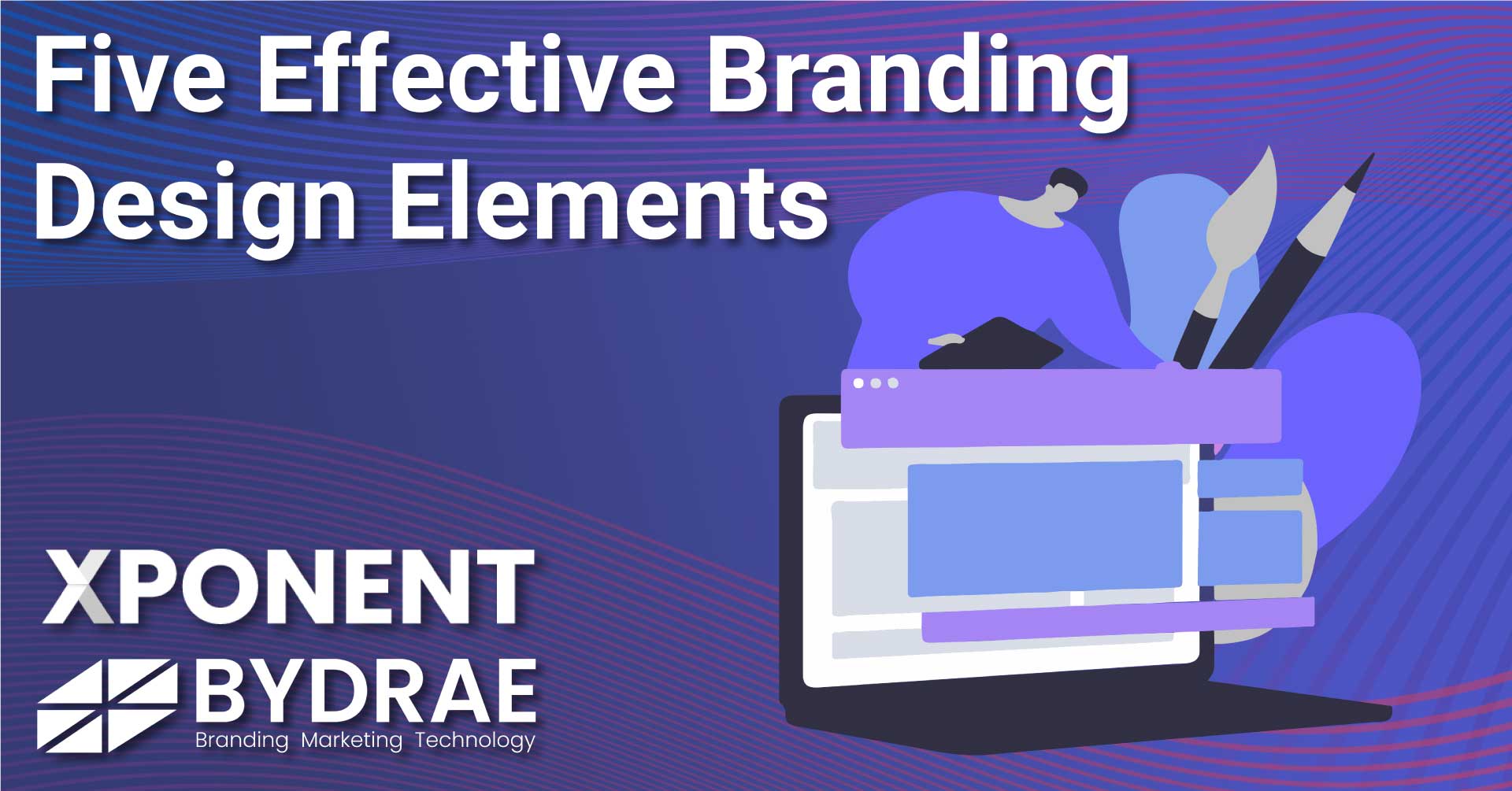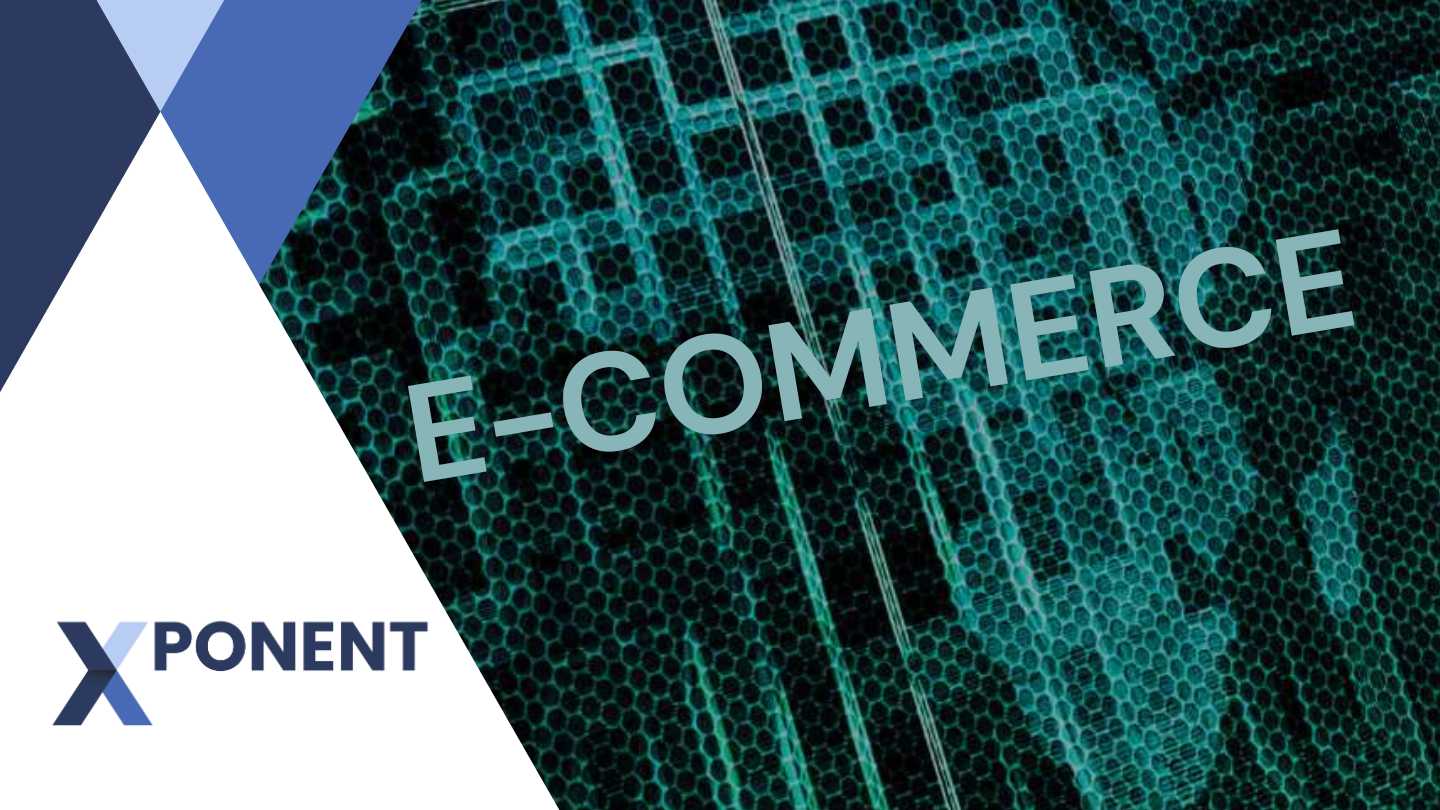Marketing is like asking someone on a date. Branding is the reason they say yes. Effective branding design does not happen overnight. It is a process that can take a company years to fine-tune and should be re-assessed regularly. For decades branding and its effects on consumers have been studied in detail.
Developing your branding strategy and the colours and fonts you use can determine the success of your business. How your brand reflects your company and the message you send to customers determines whether you get the sale or not.
Developing Brand Identity
Think of your brand identity as an extension of your brand’s personality. It makes you stand out from your competitors and helps you define your brand. Taking the time to discover your brand identity can be an intricate process.
Getting to know your audience is vital. You need to keep up with your customers. Knowing who they are and what they are looking for could help you define your brand identity.
For example, your brand voice should speak to its demographic. If your product is geared towards wealthy Gen Xers (41-56 years old) use their language and generational trends in your branding. Great brands know their customers well.
In 1996, Jean-Noël Kapferer aimed to conceptualise what he considers the six elements of a brand’s identity. A strong brand weaves all these elements to create a concise, clear, and appealing identity.
Kapferer’s model includes:
- Physique: The physical characteristics of a brand (visual features).
- Personality: This is the personality trait of the brand as seen by the customer.
- Culture: A set of values and culture from the brand’s country of origin embedded in the brand identity.
- Self-image: This relates to how customers see themselves using your brand.
- Reflection: Beliefs or attributes of a brand’s target market. For example, Apple users are reflected as forward-thinking and creatives in Apple’s brand identity.
- Relationship: How your brand connects with the audience determines the relationship between the brand and its consumers.
Logo and Design Colours
Your logo and brand colours define your brand. It is what makes customers remember you. Your logo is merely a piece of the brand identity puzzle but is essential in helping customers remember you.
Every aspect of your branding design process should reflect your brand’s ethos. A professional branding and marketing team can help you consider the critical elements of branding.
There are many branding design rules around colour use and how it conveys your brand message. Different colours have different impacts on consumer behaviour. Brand colours are powerful and often persuasive in assisting customers in making decisions about your service or product.
Typography is another brand element that many companies tend to pay little attention to. Consistency and simplicity are good starting points. Hard-to-read fonts can quickly become dated and tend to turn customers off.
Find out what to avoid here.
Brand Personality
It is simple to set the tone of your brand personality when you investigate your brand assets, brand story and follow your mission statement for inspiration. As with choosing the right colours, your brand personality signals to customers whether your brand is cool, serious, trustworthy or fun.
Brian Lischer from Ignyte shares, “Brand personality is a critical component of brand positioning and differentiation. An influential brand personality humanises a brand, giving it depth and nuance, and making it relatable to its target audience.
Brand personality is the part of your brand that your customers identify with and build a relationship with. “Because of this, it plays a huge role in driving customer acquisition, fostering brand loyalty, and building brand equity,” says Brian.
Social Media Branding
For most B2B companies, Facebook and LinkedIn are the most popular social media platforms for gaining followers and engagement. The type of content you share should align with your brand identity and personality. Consistency is also essential for understanding what kind of content to share on which platforms and when.
You may not always share the same content across your social media platforms. For example, Twitter is great for short pieces of information and links. Facebook is great for lengthy posts with videos or photos.
The best content to share on social media is relevant and timely. No one wants to read holiday-themed content out of season or back-to-school content when it’s no longer relevant.
Rebranding
Sometimes a brand needs a new look. A lack of good branding design expertise could result in a business considering the option to rebrand in the near future. Rebranding is an excellent way to acquire new customers and show your existing customers a side of your company that they have not seen.
Rebranding is a marketing tactic that involves changing a company’s corporate image or organisation by creating a new name, symbol, emblem, logo, and related graphic assets such as marketing materials.
There are many reasons to rebrand your company. This can include wanting to compete at a higher level or in a new market, needing to reflect your current identity, having a legal requirement to change, wanting to simplify and focus your message, or having a new marketing team.
Choose a branding strategy that can help you build a reliable company with consistent sales and growth. Take your branding to the next level.





